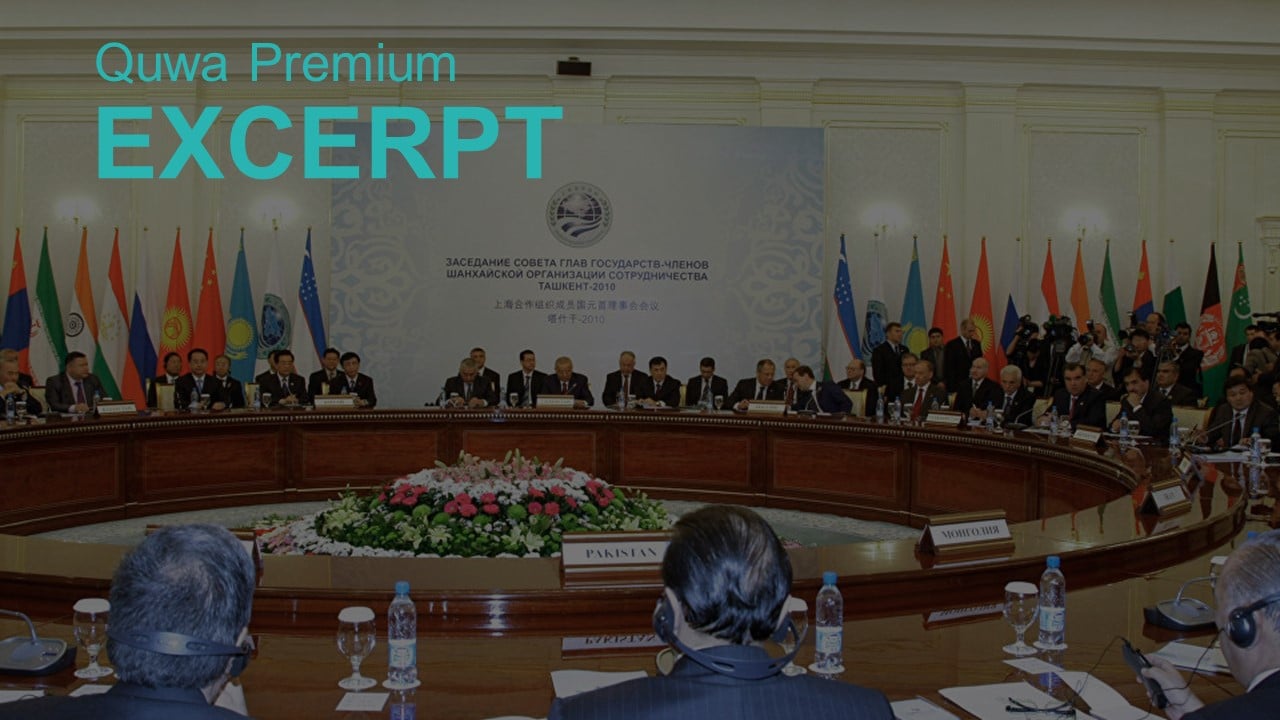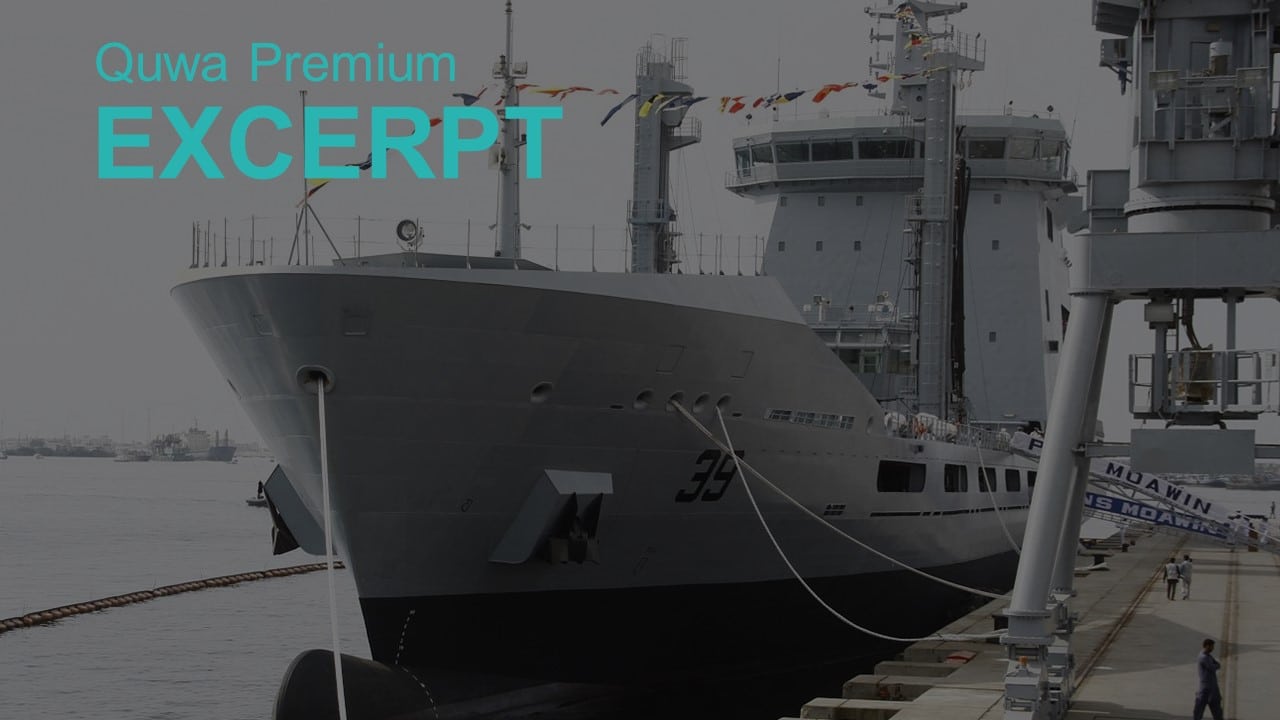1975Views

Russia Considers Trading in the Currencies of its Buyers
During the 2018 International Military-Technical Forum “Army 2018”, which took place in Moscow, Russia in August 2018, Russia’s commercial trade agency for defence Rosoboronexport announced that it would consider trading in the local currencies of its customers.[1] Rosoboronexport’s head, Alexander Mikheyev, stated: “We are considering the possibility of settlements in national currencies – Indian rupees, Chinese yuan, durhams, and rubles.”[2] The move is not necessarily restricted to defence, it could include the total gamut of Russia’s goods – i.e. energy, manufactures, armaments, heavy machinery, electronics and more – in order to boost market-share for those goods in key developing world markets.
Moscow has been forthright about the move’s rationale. Simply put, the goal is to enable Russian vendors to circumvent the affect of the US sanctions on the Russian government and its state-owned enterprises.[3] Currently, the majority of global trade is conducted in USD, a universally-recognized currency due to the US’ leading position in geo-political affairs and its prominence (alongside China, the UK and the European Union) in global trade. By constructing bilateral trade agreements in Russian Rubles and the currencies of its customers, Russia is aiming to undermine the USD-led trade environment.[4]
In theory, Russia’s move to distance itself from USD appears sensible as it will let Moscow guarantee the availability of markets from which it can buy low-cost commodities, consumables and – where applicable – high-value goods. However, there is a caveat: those markets that Russia will trade to (and, in turn, take on currency) must offer products and services that are sufficiently desirable to the Russian market.
This is the reality of accepting a currency of less utility than the USD, Euro or GBP. Currently, countries will prefer USD because it is universally accepted and, just as importantly, enables those states to buy goods from the US (e.g. technology, energy and armaments). Furthermore, when trade is done using the buyer’s currency, not only is Russia accumulating that currency, but it places Russia within the market constraints of the buying country. For example, with PKR at its disposal, Russia becomes another domestic economic player within Pakistan; it stands to lose and gain as much as any other large fiscal player in the country.
End of Excerpt (361/1,510 words)
The full article is available to Quwa Premium subscribers here.
[1] “”Rosoboronexport” allowed the possibility of payments for equipment in the national currency.” Interfax. 21 August 2018. URL: https://www.interfax.ru/russia/626022 (Last Accessed: 11 September 2018).
[2] Ibid.
[3] Ibid.
[4] “Unnecessary dollars. American currency is being pushed out of Asia.” RIA Novosti. 06 September 2018. URL: https://ria.ru/economy/20180906/1527880402.html (Last Accessed: 11 September 2018).


